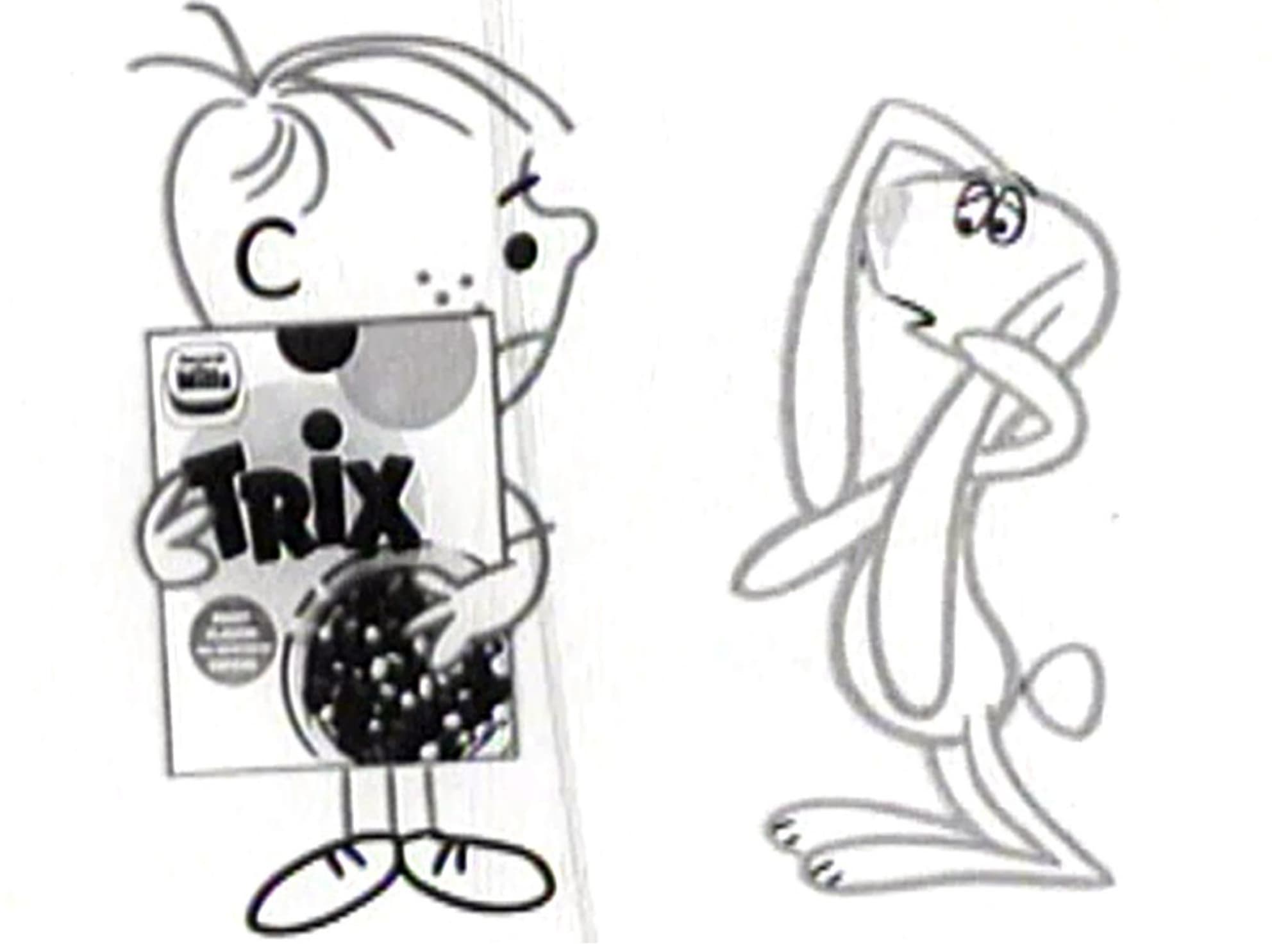
A silly and smart creation
Inspiration usually makes a short trip.
Charles Schulz viewed himself as Charlie Brown in his Peanuts cartoon strip. Ernest Hemingway’s experiences were infused into his fiction.
Could Joe Harris have seen a bit of the Trix Rabbit in himself?

The creator of that frustrated mascot, Harris died March 26 at age 89.
Harris was an art director in 1959 when he was asked to “see what you can come up with over the weekend” for a character to tout Trix cereal. His agency, Dancer Fitzgerald Sample, was a Mad Men-era force among Madison Avenue ad agencies. Dancer Fitz had worked with General Mills for decades.
People had their place in those stratified agency days. Writers wrote. Artists drew. Production people produced.

“There was little crossover,” Harris said in an early 2000s interview, with Todd Dolce. “Back then, artists weren’t supposed to write, writers weren’t supposed to draw and producers were called in only at the end of the creative process.”
In that quilt, it was the writers who were held in esteem. That plum role and the cache it carried could be envied. Maybe even coveted as much as a cartoon rabbit yearned for a mouthful of Trix.


Most regular folks would confess to having something in common with Harris. The Friday he was asked to take a run at the elusive idea, he went home and kicked back. Just like the grade school kid in most of us, he pushed aside the assignment on Saturday. Sunday morning didn’t seem like a good time, either.
Around 11 p.m. Sunday, he sat down. Drew a rabbit. Told himself he wanted an atypical commercial. Decided the rabbit would always be denied. Not too complicated.
Harris later said “the subtle idea is that keeping something away brings people to say, ‘Why don’t they give it to him? Why don’t they give it to him?’ You have to withhold resolution.”

Harris believed in denying the rabbit to the point that years down the road, when the puppet masters yielded and the rabbit got a taste of Trix, Harris was unhappy. No longer associated with the campaign, he said caving in “destroyed the tension.”
After Harris pulled a rabbit out of a hat that late Sunday night, he arrived in his agency’s offices on Monday to present that idea. Cohorts asked “What’s the selling line.”
Trix are for kids.
That’s it?
Yes.
It was immediately presented to “the Mills,” as the agency called us.
“They loved it,” Harris was told. The memo complimenting his skills was written.
The idea was approved for production within the month. Harris soon began to supervise the animation. The first storyboard is dated August 4, 1959. Minnesota’s George Karn, who died in 2000, was the artist on the project.
Joe Harris was the whole quilt. A one-man production crew.

He even made a bold talent decision. Harris didn’t recall any commercials with kids’ voices in them. But that’s what he insisted on for the commercials.
In those days, if a kid’s voice was needed, it was an adult in the mold of June Foray, who voiced Rocky the Flying Squirrel. Harris encountered some opposition to calling for real kids, as he recalled, but he refused to budge.
Harris earned a $1,200 raise for his late Sunday night inspiration and bought a new Volkswagen.

The rabbit went on to sell untold dollars’ worth of cereal.
It would have been nice to have a big cut of that, Harris later said. Such is the fate of most artists. He wasn’t thinking about money when he created that rabbit.
“I was thinking about getting it done and making it look good.”
